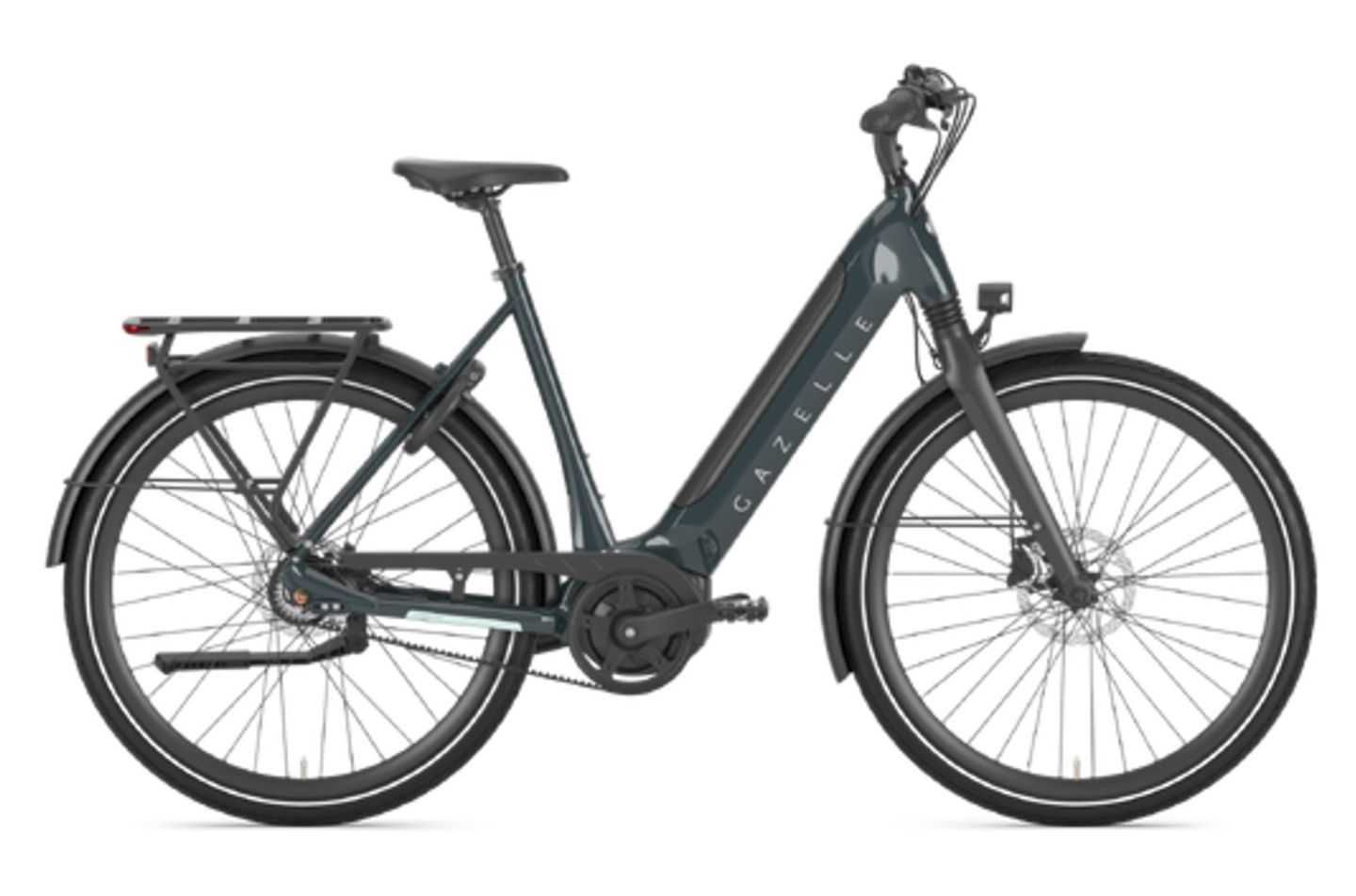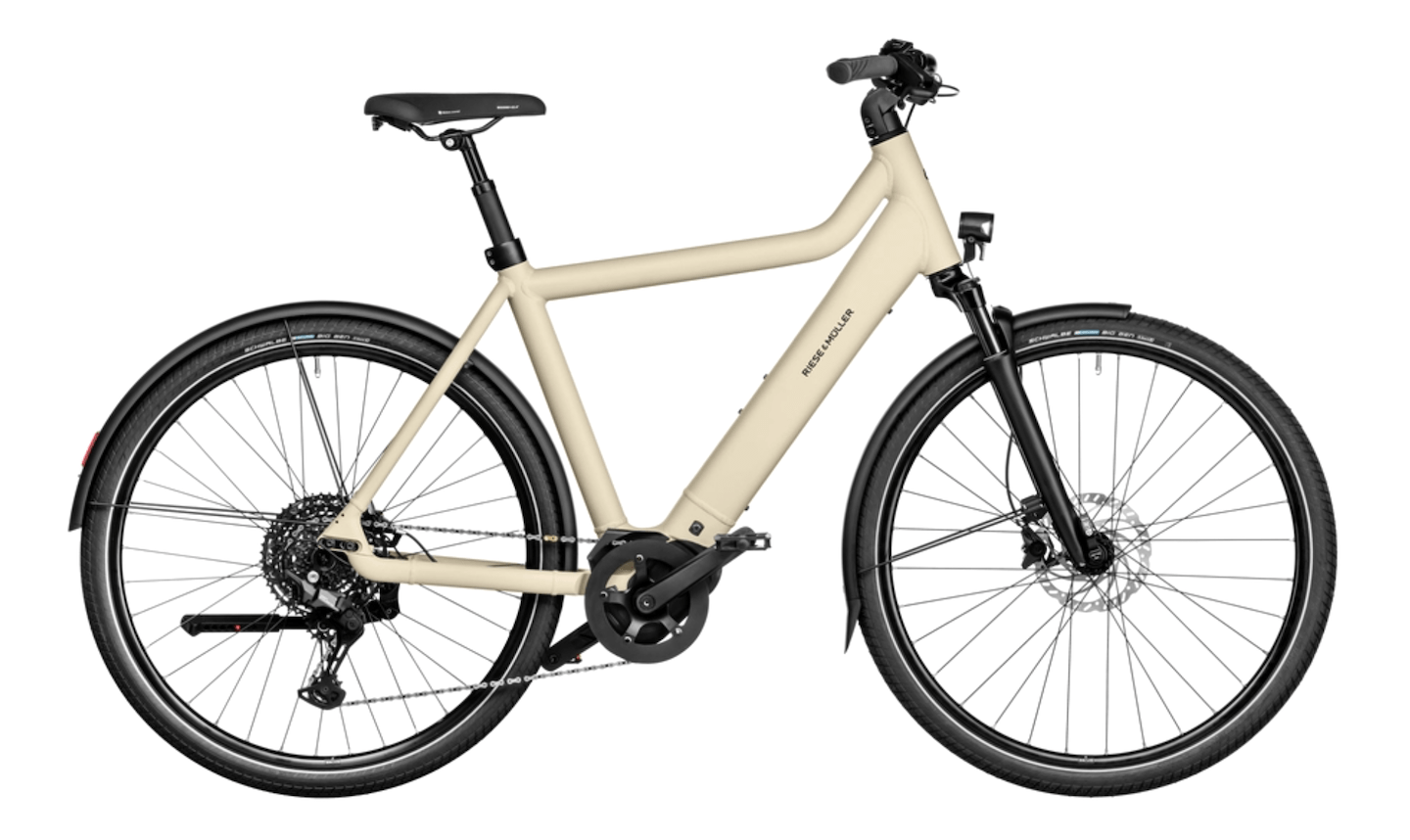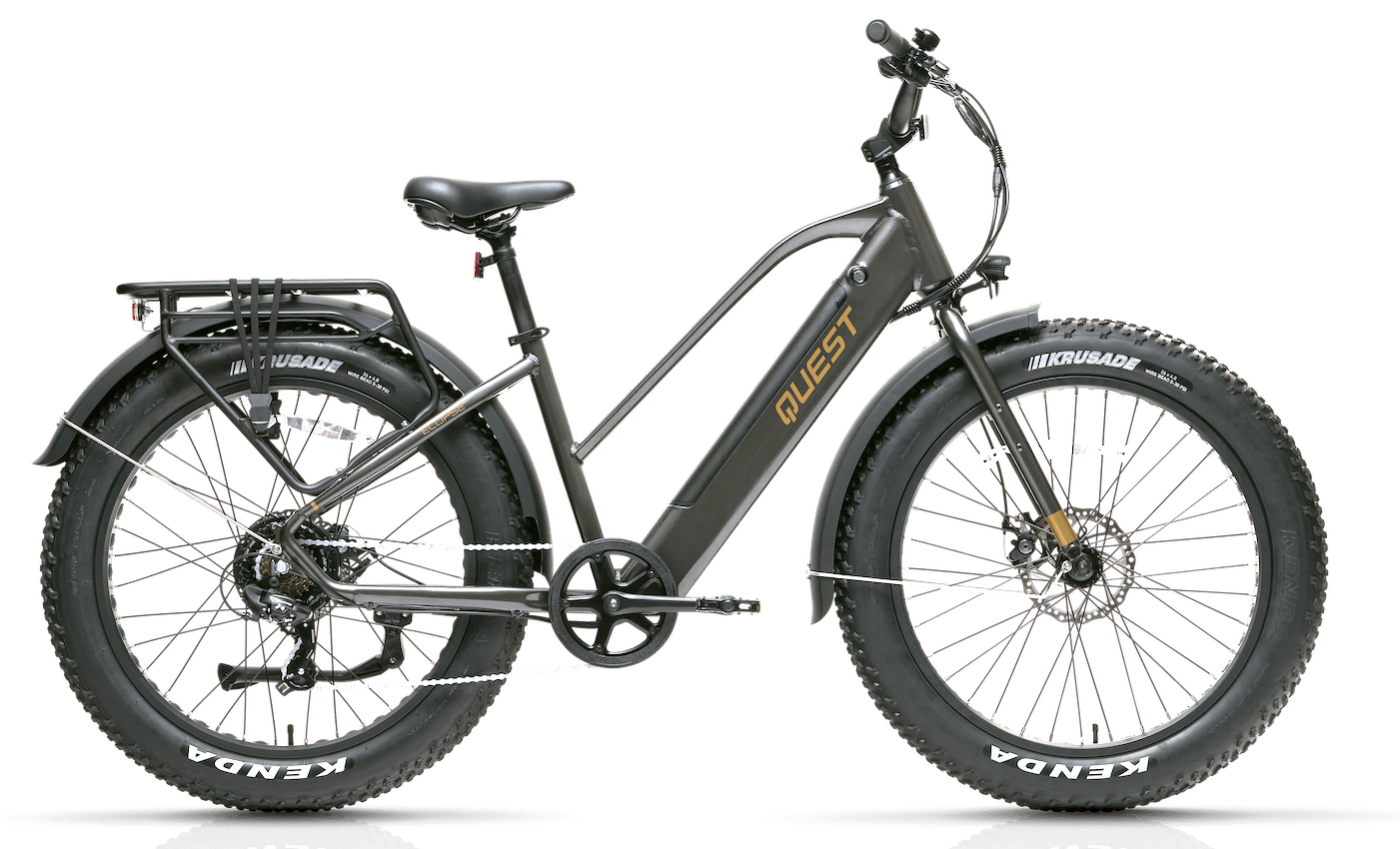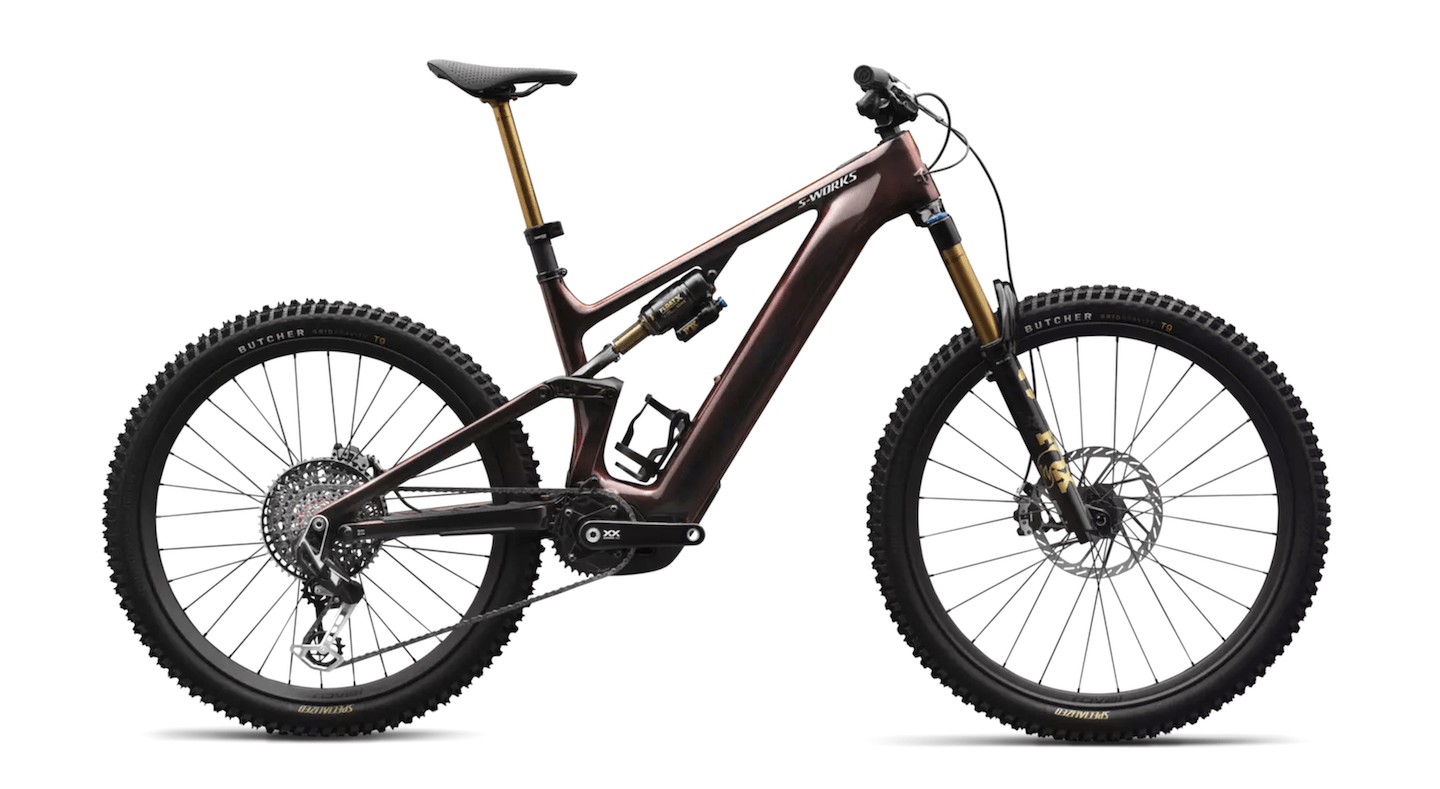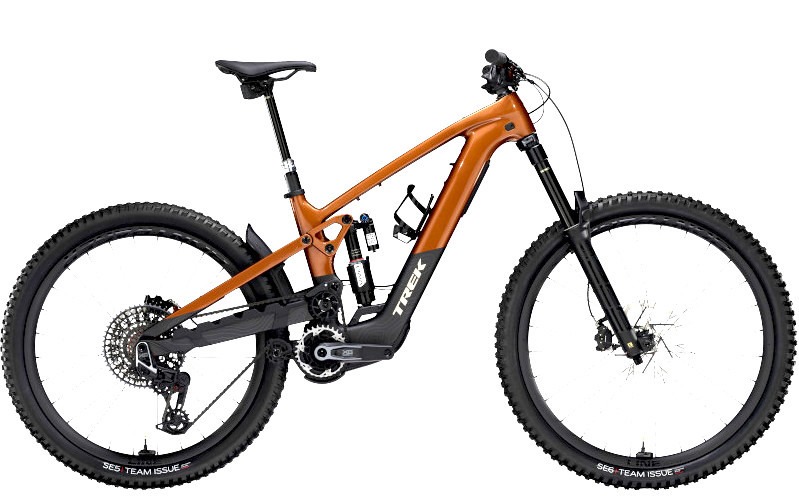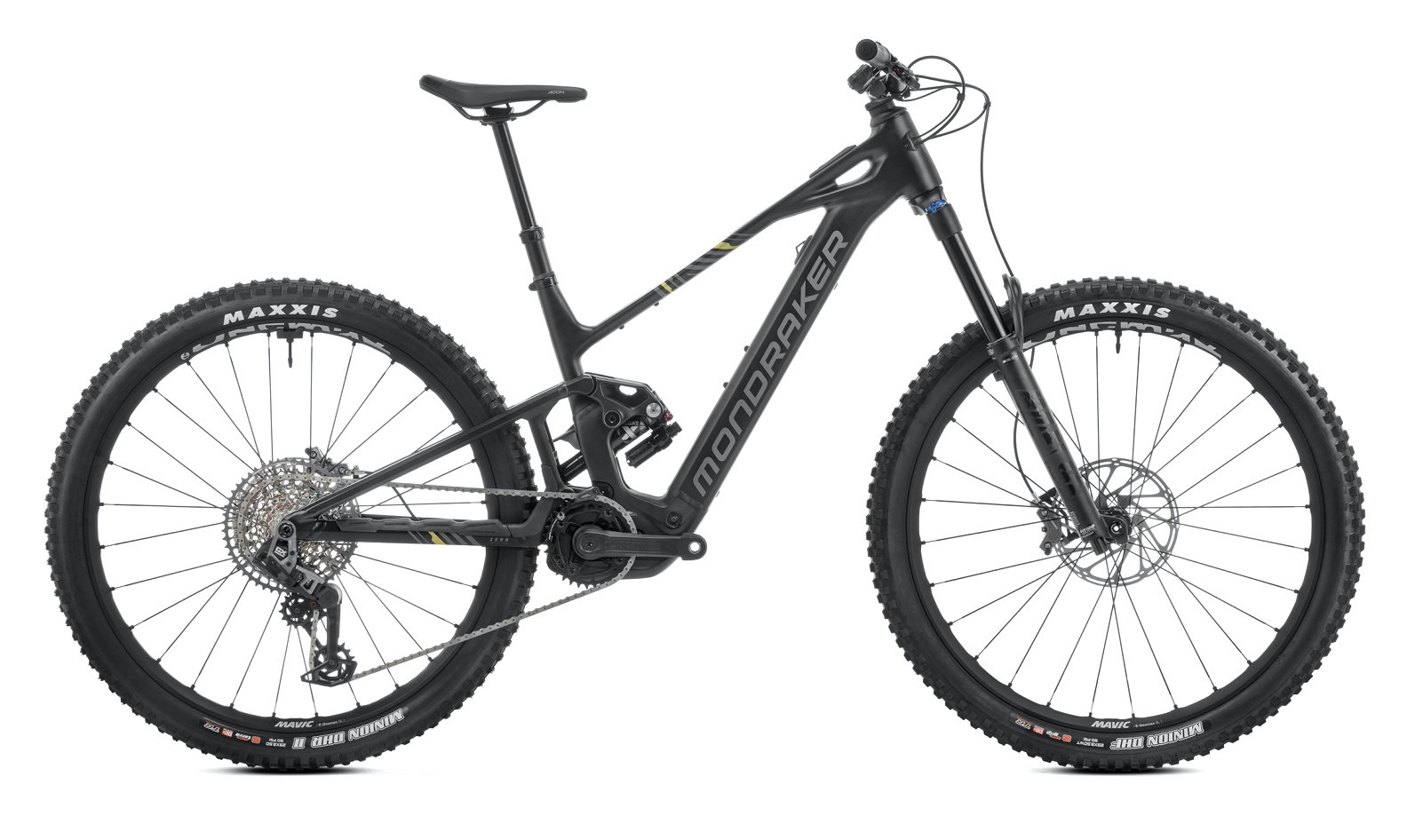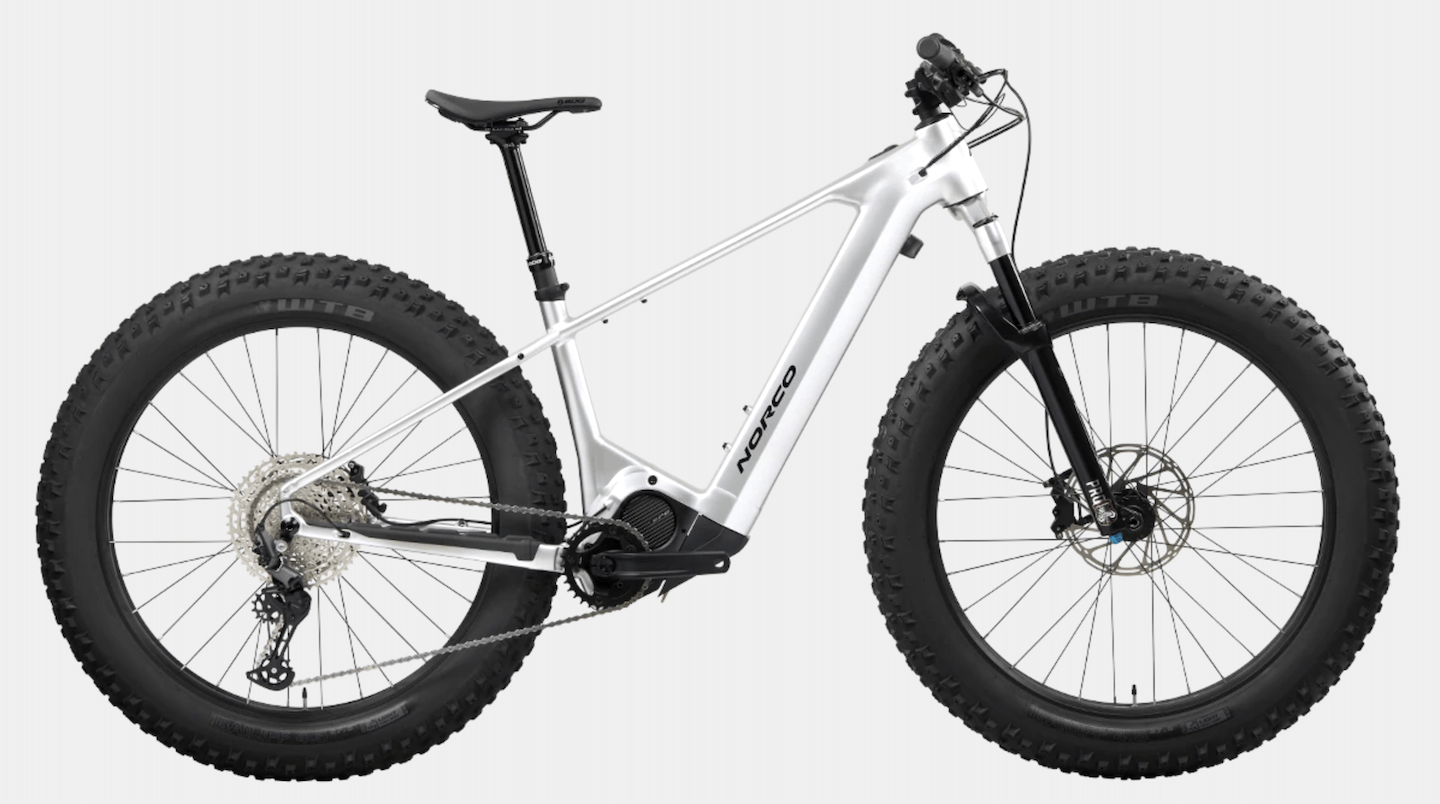October 22, 2024 - In late Sept., Alison Stewart, Director of Advocacy and Public Policy at Cycle Toronto, was sworn in as the next Bicycle Mayor of Toronto. Stewart takes over the reins from Lanrick Bennett Jr., who became Toronto’s first Bicycle Mayor in 2022. The initiative to establish a worldwide Bicycle Mayor program was launched in June 2016 by BYCS, an Amsterdam-based global NGO. Bicycle Mayors sit for two years before passing the torch. Stewart, who went car-free in 2023, is a strong advocate for cycling. She is well-versed in Toronto’s cycling scene and is eager to continue the advances made by Bennett.

While Toronto has been making steady gains in building out its cycling network, Stewart, and all cyclists in Ontario, were hit with urgent bad news in mid-October — the province plans to introduce legislation that would require municipalities to get provincial approval before building any new bike lanes that remove car lanes. Even existing bike lanes may be removed, pending a review of their impact on travel times for drivers. The premise for the new regulations is to ease traffic congestion, an idea contrary to all data and studies regarding bike lanes which are being implemented by most cities worldwide, including many cities in Ontario. Opponents also claim that it’s severe municipal overreach by the province, which has yet to activate its three LRT projects that would help relieve congestion. Following a brief honeymoon period, we caught up with Stewart for her take on bike lanes, safety, e-bikes and her plans to advance cycling over her term as Bicycle Mayor of Canada’s biggest city.
Please give us a brief history of your background in cycling.
Alison Stewart: I grew up in Guelph when the city was just 75,000 (it is now 144,000). As Gen Xers, my high school friends and I had to either walk, bike or take the dreaded public bus to get to school, or anywhere that we wanted to go. Biking was the fastest and most enjoyable way for me to get around, and my friends and I would bike everywhere. At Trent University in Peterborough and then in London (UK), biking remained my preferred, and most affordable, mode of transportation. Since moving to Toronto in 2000, biking or taking transit continued to be my preferred way to get around, even after becoming a car owner. I went 100% car-free in 2023. Like many, during the Covid lockdowns, I discovered the joy of biking for travel in Ontario as a safe and social way to get out with friends. Last year I discovered the enjoyment (and challenges!) of riding 600km to Montreal with the Friends for Life Bike Rally, a volunteer-led ride that raises money for people living with HIV/AIDS in Toronto, Kingston and Montréal.
What was your motivation to become Toronto’s second Bicycle Mayor?
AS: Joining the global network of Bicycle Mayors was appealing to me as a way of expanding my advocacy, by connecting with and learning about the different approaches being taken around the world to address the similar challenges we have in Toronto: how to reclaim urban spaces designed for the supremacy of the automobile, to the humble bicycle. I also wanted to continue to advance the role which Lanrick Bennett Jr. had brought to Toronto and add to the diversity of voices of the cycling community.

Toronto’s recent progress with cycling is notable, but Ontario’s current move against bike lanes won’t help.
AS: It is beyond baffling (and demoralizing) that the Ontario government is tabling legislation, under the guise of easing traffic congestion, that will remove the authority of municipalities to implement their transportation plans, specifically targeting bike lanes. The Premier has even threatened to remove bike lanes that have been implemented because he doesn’t think that bike lanes belong on main streets — despite the overwhelming evidence to the contrary. This is a huge threat to the momentum that Toronto has achieved over the past five years in making the city a more vibrant cycling city.
What plans are there to work with politicians to try and prevent the province’s overreach and intervention?
AS: There are several letter-writing campaigns taking place, as well as a large non-partisan rally being organized for Wednesday, Oct. 23 at Queen’s Park at 5pm. Aside from the political feedback that will take place when the Legislature resumes, the Association of Municipalities of Ontario (AMO) was quick to issue a strong statement against the legislation, and as the details of the Act are unveiled, it will be important to see how delivery companies, developers, engineers and other professionals respond. This provincial legislation will have ripple effects across the province, and conversations taking place behind closed doors may help alter the outcome of the legislation.
Businesses, both small and large, e.g. FedEx, Purolator, etc. are using e-cargo bikes for deliveries, which favours more bike lanes.
AS: In Toronto, we are increasingly seeing large delivery companies, as well as other large brands, such as Sephora, use e-cargo bikes to transport their goods in Toronto. Besides which, food delivery workers, once hailed as essential to keeping the economy moving during the pandemic, remain a significant presence in Toronto because they are able to quickly make their deliveries vs. those seeking to make deliveries in vehicles. E-bikes and adaptive e-bikes have been a game changer on how goods and people are getting around. If the provincial government was serious about easing congestion, their legislation would focus on improving cycling infrastructure across the province to support the delivery industry’s move to reduce the number of delivery trucks and vehicles on our streets, opting instead to use nimble cargo bikes.
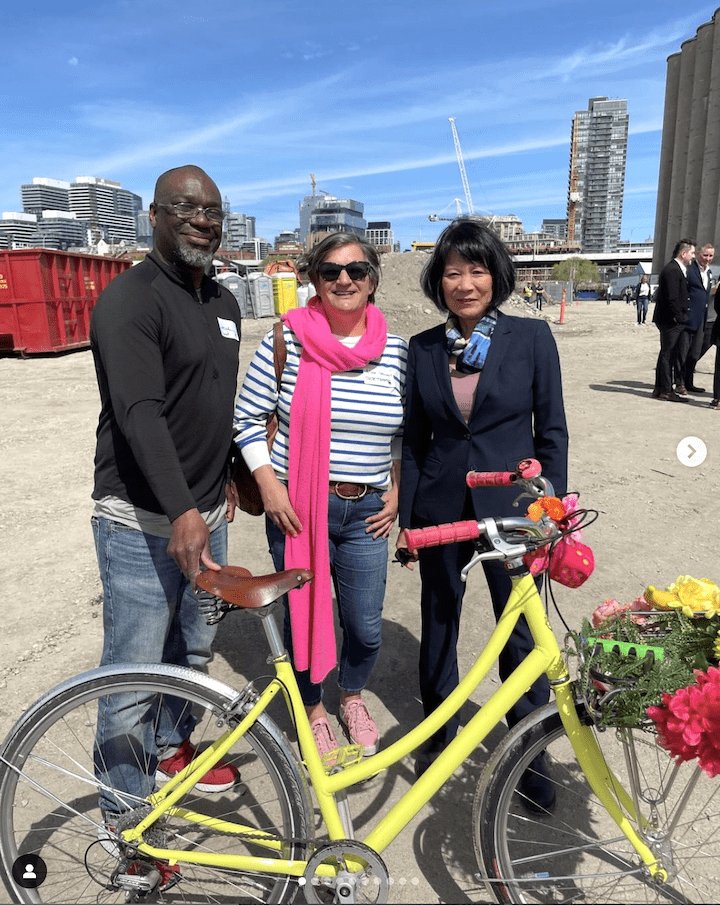
Safety remains a key obstacle / issue for cyclists around the globe… your comments?
AS: The number one barrier to people biking is a lack of safe infrastructure. Bar none. Cycling infrastructure must also be properly maintained and clear of construction debris, wet leaves, snow or illegally parked vehicles. People who bike are incredibly vulnerable, especially when they are forced into mixed traffic. In Toronto, the tragic death of a 24-year-old woman who was hit by a truck when she was forced to exit the Bloor St W. bike lane due to an illegally placed construction bin remains a sombre and potent reminder of the vulnerability of biking. Painted bike lanes are not infrastructure.
How has the popularity of e-bikes changed things for cycling in Toronto?
AS: The growth of e-bike adoption and use in Toronto over the past few years is a double-edged sword. On the one hand, it has expanded the number of people who bike. Older adults, delivery couriers and people with adaptive mobility needs have benefited from the range of e-bikes and trikes now available to them. On the other hand, not all e-bikes are created equal, and there has been an increase in larger power-assisted motorcycle-style e-bikes that, when ridden dangerously at fast speeds, create conflict between people travelling at slower speeds. That said, new cycle tracks that are wider and better suited to a wide range of mobility devices travelling at different speeds will contribute to getting more people out of cars and on bikes.
What do you hope to achieve over your two-year term?
AS: My priorities over the next two years include developing resources to connect more women and people from equity-deserving communities to biking, and leading inclusive social rides that are designed for people who are new to biking. I also plan to launch a website that will help unite all the great cycling groups, programs, initiatives and resources that are available across Toronto to help build awareness of the Bicycle Mayor network and encourage neighbouring cities to join the network. Currently just Waterloo and Toronto have bicycle mayors, and it would be great to expand the network to other Ontario cities such as Guelph, Brampton, Burlington, Oakville, Niagara, Brampton, Oshawa and Ottawa.
Anything else you’d like to add…?
AS: Biking remains the healthiest and most efficient way to get around for distances under 5km, and once you can convince someone to give it a try, they will get hooked — especially if it is an e-bike. People ride for different reasons depending on their needs. I personally mostly ride “acoustic” bikes, but I love getting out on an e-bike when I get the opportunity. More older adults are now seen biking in Toronto and around the world because of e-bikes.
Thanks for your time and all the best going forward.
AS: Thanks as well for giving me the opportunity to share my views.
For more on the Bicycle Mayor of Toronto click here.
For more on the Bicycle Mayor global program click here.





